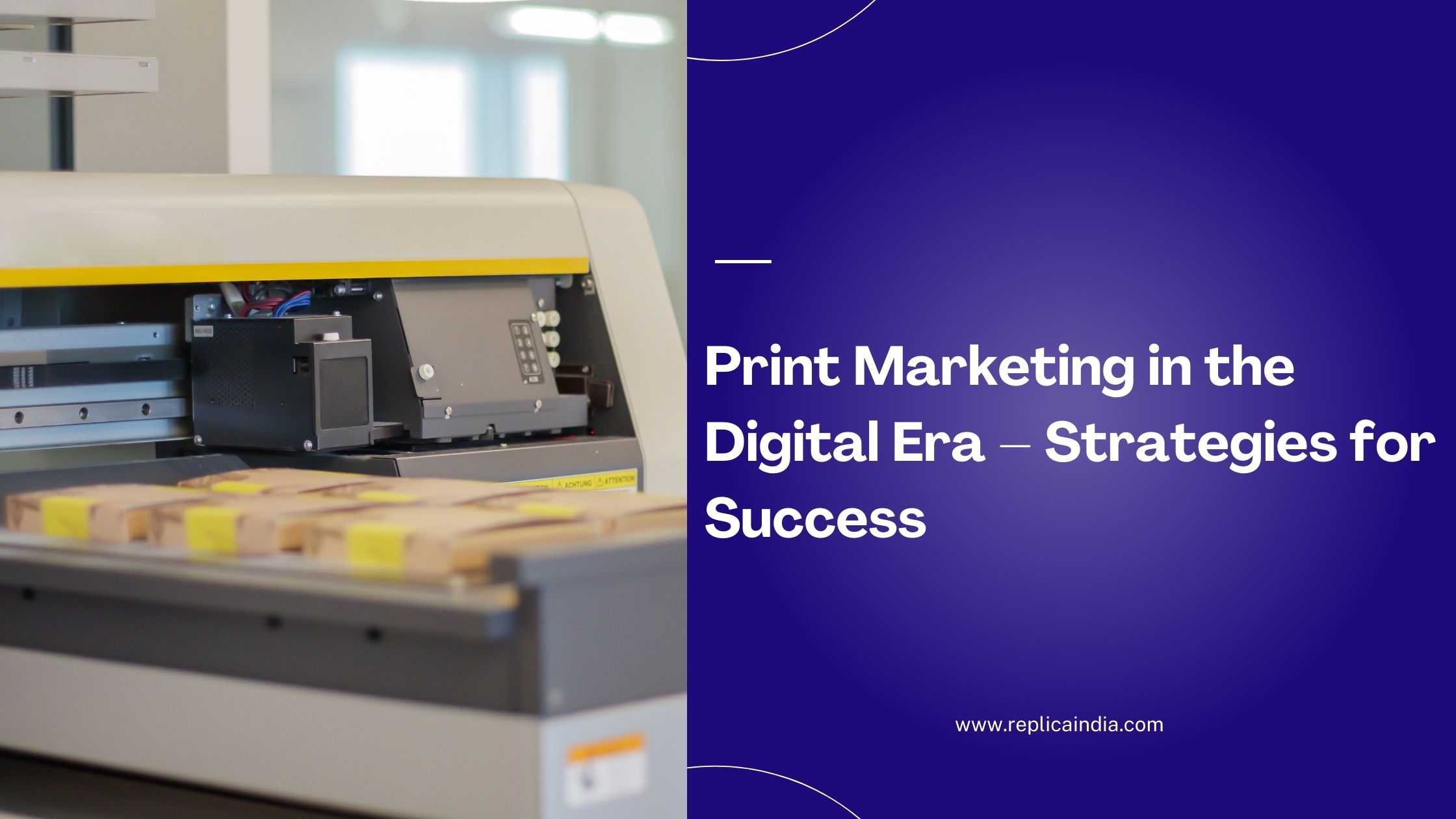
Introduction:
In the realm of print marketing, every detail matters. From the choice of words to the layout design, each element plays a crucial role in capturing the audience’s attention and conveying the intended message. Among these elements, colour holds a significant place, influencing consumer perception, emotions, and behaviour. In this blog, we’ll delve into the importance of colour psychology in print marketing, particularly in the context of replica xerography, and explore how understanding colour psychology can enhance the effectiveness of your print materials.
Importance of Colour Psychology in Print Marketing:
Colour psychology refers to the study of how colours influence human emotions, perceptions, and behaviours. In print marketing, leveraging colour psychology strategically can help businesses evoke specific responses from their target audience, ultimately driving engagement, brand perception, and purchase decisions. Here’s why colour psychology matters in print marketing:
Brand Identity and Recognition:
Colours play a crucial role in shaping a brand’s identity and fostering recognition. Consistent use of colours across print materials helps reinforce brand associations and enhance brand recall. For example, Coca-Cola’s use of red is deeply ingrained in its brand identity, evoking feelings of excitement and passion. When utilizing replica xerography for print marketing, maintaining colour consistency is key to reinforcing brand identity and establishing a strong visual presence.
Emotional Impact:
Different colours evoke different emotions and moods. For instance, warm colours like red, orange, and yellow are often associated with energy, excitement, and warmth, making them suitable for grabbing attention and promoting action. In contrast, cool colours like blue and green convey calmness, trustworthiness, and serenity, which may be ideal for conveying professionalism and reliability in print materials. Understanding the emotional impact of colours allows marketers to tailor their messaging and design to elicit desired emotional responses from their audience.
Visual Hierarchy and Attention:
Colours can be used to create visual hierarchy and guide the viewer’s attention towards key information or call-to-action elements in print materials. Bright, contrasting colours can draw attention to specific sections of a document, such as headlines, offers, or product features, making them more noticeable and memorable. When employing replica xerography for print marketing, choosing colours that stand out against the background and complement the overall design can enhance readability and increase engagement.
Cultural and Contextual Considerations:
Colours hold different cultural and contextual meanings across various regions and demographics. What may be perceived positively in one culture could have a negative connotation in another. Therefore, it’s essential for marketers to consider cultural and contextual factors when selecting colours for print materials. Conducting thorough research or consulting with local experts can help ensure that colour choices resonate positively with the target audience and align with cultural sensitivities.
Practical Tips for Leveraging Colour Psychology in Replica Xerography:
Now that we understand the significance of colour psychology in print marketing, let’s explore some practical tips for leveraging colour effectively in replica xerography:
Understand Your Target Audience:
Before selecting colours for your print materials, it’s crucial to understand your target audience’s preferences, demographics, and psychographics. Conduct market research or analyse existing customer data to gain insights into what colours resonate most with your audience and align with your brand’s positioning.
Choose Colours Strategically:
Select colours that align with your brand identity, message, and objectives. Consider the emotional responses you want to evoke and the action you want your audience to take. For example, if you’re promoting a limited-time offer or sale, using vibrant, attention-grabbing colours like red or orange can create a sense of urgency and encourage immediate action.
Maintain Contrast and Readability:
Ensure that the colours you choose offer sufficient contrast for readability, especially when using replica xerography. Avoid using light-coloured text on a light background or dark-coloured text on a dark background, as this can strain the reader’s eyes and diminish readability. Aim for a balance between aesthetics and functionality to maximize the effectiveness of your print materials.
Test and Iterate:
Conduct A/B testing or gather feedback from focus groups to evaluate the effectiveness of different colour combinations and designs. Iterate based on the feedback received and continuously optimize your print materials for maximum impact and engagement.
Conclusion:
Colour psychology plays a pivotal role in print marketing, influencing consumer perceptions, emotions, and behaviours. By leveraging colour strategically in replica xerography print materials, businesses can enhance brand recognition, evoke desired emotional responses, and drive engagement and action from their target audience. By understanding the importance of colour psychology and implementing practical strategies, businesses can elevate the effectiveness of their print marketing efforts and achieve greater success in reaching and resonating with their audience.




